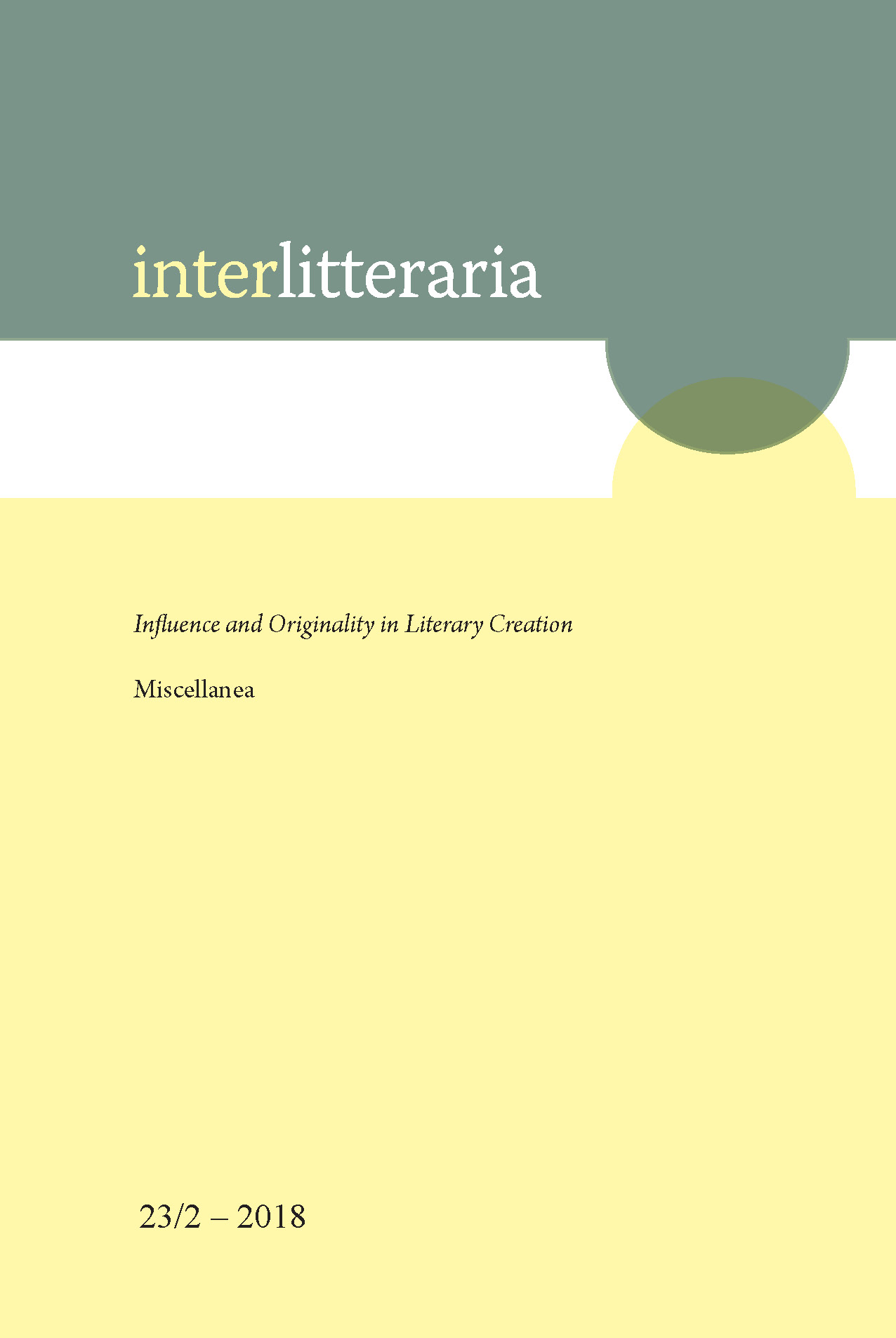Variations on a Motive: Hamsun and Tammsaare
DOI:
https://doi.org/10.12697/IL.2018.23.2.11Keywords:
A. H. Tammsaare, Knut Hamsun, love story, motive, variationAbstract
In 1935 Ma armastasin sakslast (I Loved a German) was published. In 1928 Victoria (1898) by Knut Hamsun (1859–1952) was published in Estonian. The first was written and the second translated by A. H. Tammsaare (1878– 1940). Parallels between these two authors have been most often discussed in connection with Pan (1894) and Kõrboja peremees (The Master of Kõrboja, 1922). Both authors have earned their canonical position in literature thanks to the novels Markens Grøde (Growth of the Soil) (1917), in the case of Hamsun, and Tõde ja õigus (Truth and Justice, I–V, 1926–1933) in the case of Tammsaare. These novels have been “sorted out” to be included in the canon, while Ma armastasin sakslast and Victoria have not received as much attention. In both novels love is the central theme – in Hamsun’s novel the main characters are the miller’s son Johannes and the landlord’s daughter Victoria, and in Tammsaare’s novel the student Oskar and a baron’s grand daughter, Erika. This article examines the connections between Hamsun and Tammsaare by analysing the novels Victoria and Ma armastasin sakslast, discussing among others the motive that has been widely used in world literature, namely the (archetypical) story of lovers – Romeo and Juliet by Shakespeare. Both novels can be considered as variations on that motive as Tammsaare, for example, adds the social aspect, so that the archetypical love story set in the Republic of Estonia enables him to discuss topics essential to him. In the article the main emphasis is on Tammsaare’s novel.
Downloads
Downloads
Published
Issue
Section
License
The contents of Interlitteraria are published under CC BY-NC-ND licence.


